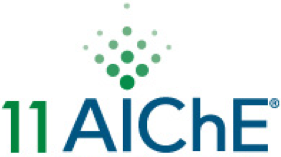

In the future, it is anticipated that multi-product biorefineries will be used to convert lignocellulosic biomass to fuels and chemicals, in which, it may be possible to use membrane-based separations to recover fuels and various products and to improve energy efficiency. To biochemically convert biomass a pretreatment step is required to increase the susceptibility of the biomass to enzymatic cellulose hydrolysis. However, many pretreatment processes release not only fermentable sugars but other compounds that are toxic to the fermenting microorganism. In this study, we investigated the feasibility of using membrane extraction for removal of acetic acid, sulfuric acid, furfural, HMF and other toxic compounds from dilute acid pretreated corn stover to reduce its toxicity. Acetic acid in its protonated form was extracted from the liquor portion of a corn stover hydrolysate across a membrane into an organic phase consisting of oleyl alcohol and Alamine 336, the latter a tertiary amine containing aliphatic chains of 8-10 carbon atoms. Other toxic compounds such as HMF and furfural are also co-extracted into the organic phase.
The sugars in hydrolysates that were detoxified using our membrane extraction process as well as conventional ammonium hydroxide detoxification, were fermented to ethanol by glucose-xylose fermenting Zymomonas mobilis 8b. The best ethanol yields and rates were achieved for hydrolysates using membrane extraction with oleyl alcohol as the organic phase followed by ammonium hydroxide conditioned hydrolysates. Hydrolysates that were detoxified using membrane extraction with octanol as the organic phase were unfermentable because highly toxic octanol was found in the hydrolysate. Our results indicate that membrane extraction may be an effective membrane detoxification technology.

